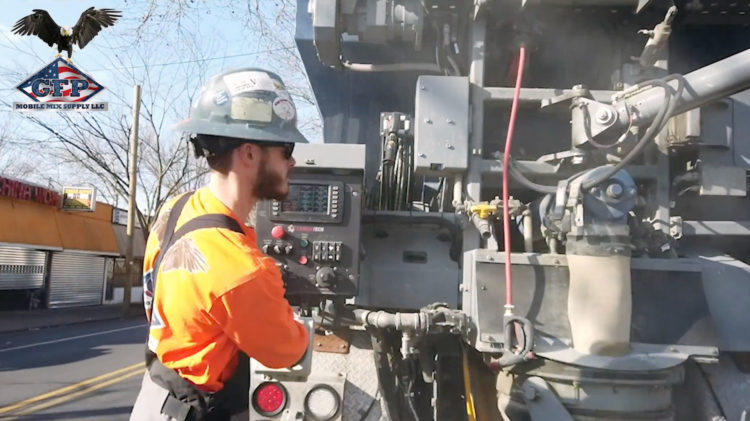Concrete is the most widely used man-made resource in the world. It is essential for everything from buildings and roads to swimming pools and dams. However, just because concrete has become almost ubiquitous in its use, it does not mean it’s always used well. Sometimes mistakes happen.
To help you avoid making some of these mishaps yourself, here are some of the most common concrete mistakes contractors make and how you can avoid them.
Using the wrong amount of cocnrete
For every project, there is a set amount of concrete that should be used. For example, when you are pouring a foundation, the amount of concrete you use will differ based on the size of the structure. Some projects, such as sidewalk pours, have a standard thickness that you pour for. If the right amount of concrete is not poured for a project, weaknesses will eventually begin to show and the concrete will begin to crack.
Ignoring spalling
Spalling occurs when a piece of concrete peels, breaks, or chips away from the main concrete pour. It’s a major problem that can occur because of several factors, including:
- The concrete is poured during a freeze-thaw cycle
- De-icing salts get into the concrete
- The curing process is done improperly
Spalling can ultimately reduce the strength of your concrete structure and can certainly hurt the look of the pour. There are several ways to fix spalling, depending on the size of the concrete and the amount of spalling that has occurred. If the driveway you’re working on, for example, is spalling, you can patch the spalled areas with a color matching compound. If the pour is large and intended to support a large structure, you may have to rip out and replace the whole slab.
Ignoring blisters on the surface
If tiny bumps — or blisters — appear on the surface of your pour, it’s typically a sign that the trowel was used too quickly when spreading the concrete, creating a pockmarked surface. These blisters can also occur when the surface was sealed too soon after pouring, leaving air to get trapped and causing the small blisters to appear.
Most concrete structures are meant to last for more than 100 years. But, a poorly poured job could result in your structure being weakened and not making it to that century mark — at least without some necessary (and often costly) repairs.
One of the best ways you can ensure you get a good pour is by getting the right concrete mixture from a high-quality concrete supplier: GFP Mobile Mix. If you’re looking for a quality concrete supplier for your next project, contact us today.



